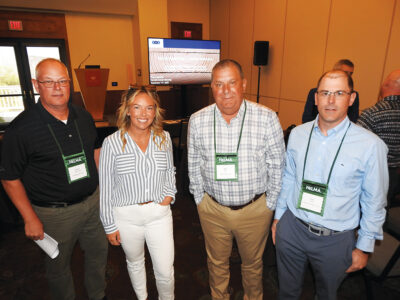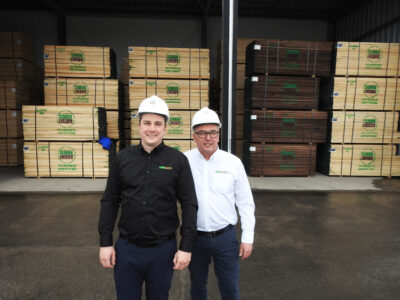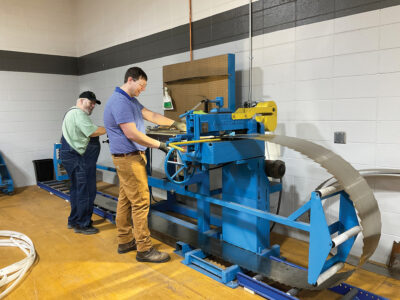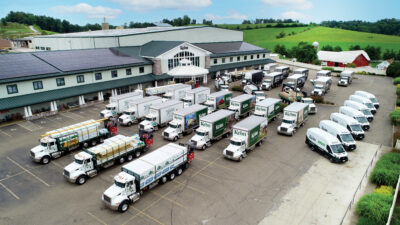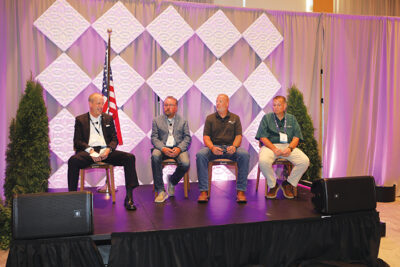The Lumber Industry Needs the SLB—Now More Than Ever

Photo credit: Idaho Airships
Lumber demand has long been tied to the turbulent single-family housing market. In recent years, the industry has seen swings such as the remodeling and replacement boom during the COVID pandemic and downturns such as the current market, with housing starts down 4.9 percent year-to-date. The lumber industry also faces competitive pressure from material industries seeking to gain traction in the single-family and R&R segments.
Minimizing the impact of that volatility is at the heart of the Softwood Lumber Board’s work to expand and diversify softwood lumber demand into multifamily and nonresidential construction. Since 2015, SLB programs have converted 2,300 multifamily projects and 1,500 nonresidential projects to wood, generating more than 16 billion board feet of incremental demand. The SLB’s Board and staff recognize the challenges facing the industry, and recently approved a new strategic plan that builds on progress to date and addresses current market challenges, leveraging postsecondary education, code advancements, project support, and a more focused strategy to protect, expand, and diversify markets.
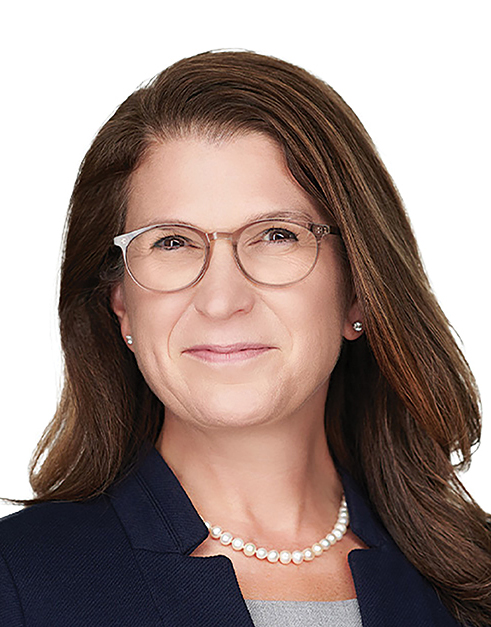
Ashlee Cribb
“Our industry is facing a demand problem,” says Ashlee Cribb, Vice President of the Wood Products Division for PotlatchDeltic and Chair of the Programs Committee for the SLB. “Investments made through the SLB are critical to broadening and expanding the markets for our products.”
While challenges and economic headwinds remain, the opportunities for growth are too great to ignore. Capitalizing on these opportunities requires the continued support of the industry, because without the work of the SLB and its funded programs, these investments in growth will be lost.
Proving the value of lumber-based construction
The industry sits at a crossroads: invest now or cede ground to competitors. Competitive material industries are deploying hundreds of millions of dollars annually toward promotional and advocacy efforts, with composite brands such as Trex and AZEK spending heavily on consumer campaigns.
In the multifamily and nonresidential segments, lumber’s market share gains face competitors, new and old, including Build with Strength, the Concrete Masonry Checkoff Program, American Institute of Steel Construction (AISC), and National Ready Mixed Concrete Association (NRMCA), as well as other environmental non-governmental organizations. For example, the Concrete Masonry Checkoff Program recently launched “The Beauty of Block” campaign specifically targeting the lumber industry and the gains the SLB has delivered. Without the SLB, lumber risks being drowned out of the market and in building code development by louder, better-funded competitors.
The lumber industry offers a compelling environmental and economic value proposition but faces barriers resulting from a variety of factors, including lack of expertise during design, estimating, and construction; manufacturing supply chain integration; and more.

Brad Thorlakson
The SLB is leading the charge to overcome these challenges on several fronts. “If we’re going to compete with our large competitors in existing and new markets, we’re much better working together with the SLB leveraging AWC, Think Wood, and WoodWorks to build a strong foundation to grow our markets,” says Brad Thorlakson, Executive Chairman of Tolko Industries.
Complementary work streams led by these SLB-funded programs focus on implementing and protecting wood-friendly building codes, amplifying best practices, inspiring innovation in new performance applications, and providing technical solutions to specifiers. The SLB’s new strategic plan is focused on initiatives and programs that deliver direct benefits for softwood lumber producers, with priorities that double down on what works.
1. Amplify and Expand Resources
WoodWorks helps convert projects from concrete or steel to lumber and wood products, while Think Wood brings scale to that effort with a broad communications platform reaching architects, engineers, contractors and developers. Together, these programs will bring resources targeted in primary markets and high-growth, high-impact sectors to the entire construction ecosystem.
2. Accelerate Code Adoption
The American Wood Council protects and expands opportunities for wood products through building codes, standards, and regulations that allow for safe and efficient wood construction. The AWC provides design tools, guidelines, and educational resources to building code officials, designers, and builders and promotes and validates the environmental benefits of wood, highlighting it as a renewable and carbon-storing material.
3. Shape the Next Generation of Specifiers
SLB Education unlocks long-term growth by putting lumber on an even playing field with steel and concrete in architecture, engineering, and construction management universities and colleges. Together with WoodWorks, these initiatives will educate and train future designers and contractors, who currently have very limited exposure to wood-based building system curricula, construction best practices, and installation techniques.
4. Advance Innovation and Groundbreaking Projects
Working with partners like the USDA Forest Service and smaller regional industry associations, the SLB will actively pursue applied research, demonstration, and full-scale innovations that rapidly advance use of lumber in building systems.
5. Deeper City-Level Focus
Through initiatives such as the Accelerator Cities program, the SLB will align, expand, and deepen cross-promotional efforts in wood-friendly metropolitan areas and regions. This approach, supported by funding from the U.S. Endowment for Forestry and Communities as well as other partners, has already generated success with accelerators in Boston, New York City, Portland, and Atlanta that have directly supported 41 innovative wood projects. The SLB is expecting to announce collaborations with several new cities in 2025 and 2026.
Winning by Working Together

George Emmerson
By investing together, the lumber industry creates collective wins that no single company could achieve alone. And each dollar can stretch farther: The SLB and the USDA Forest Service have jointly invested nearly $100 million in shared initiatives, and every $100 the SLB invests in programs leverages $96 in additional outside funding from the government and other wood products manufacturers. The SLB and its funded programs are essential for unlocking new market opportunities for softwood lumber while helping overcome market challenges.
“The SLB has brought our whole industry together for a common cause: growing demand for lumber,” says George Emmerson, Board Chairman of Sierra Pacific Industries and Chair Emeritus of the SLB. “It’s important to keep growing demand because competing materials are attempting to grow their market share through aggressive work in marketing and in the building codes. Through WoodWorks, Think Wood, the AWC, and Education, the SLB has allowed us to fight back against the competition with measurable results for growing lumber demand.”



